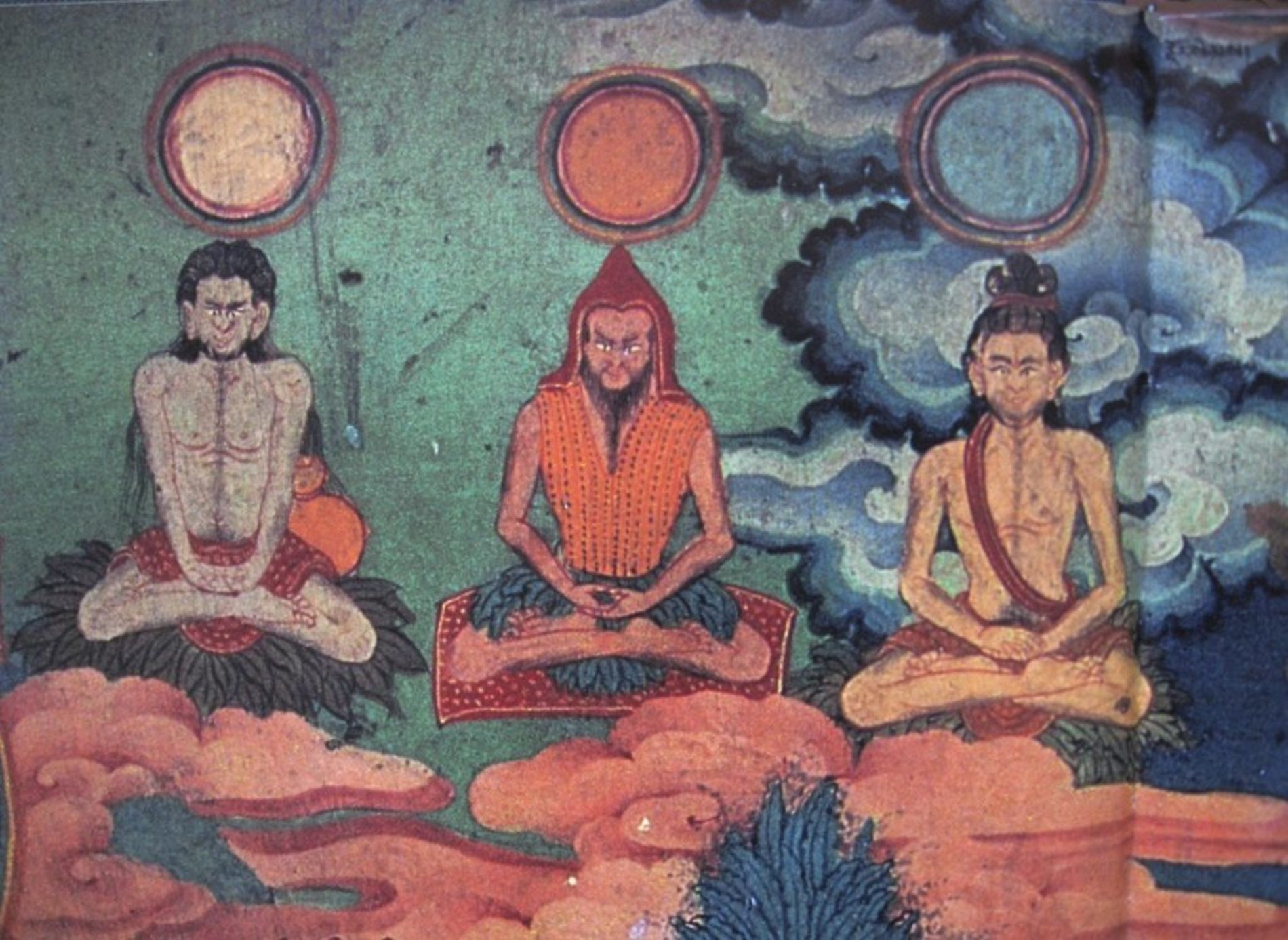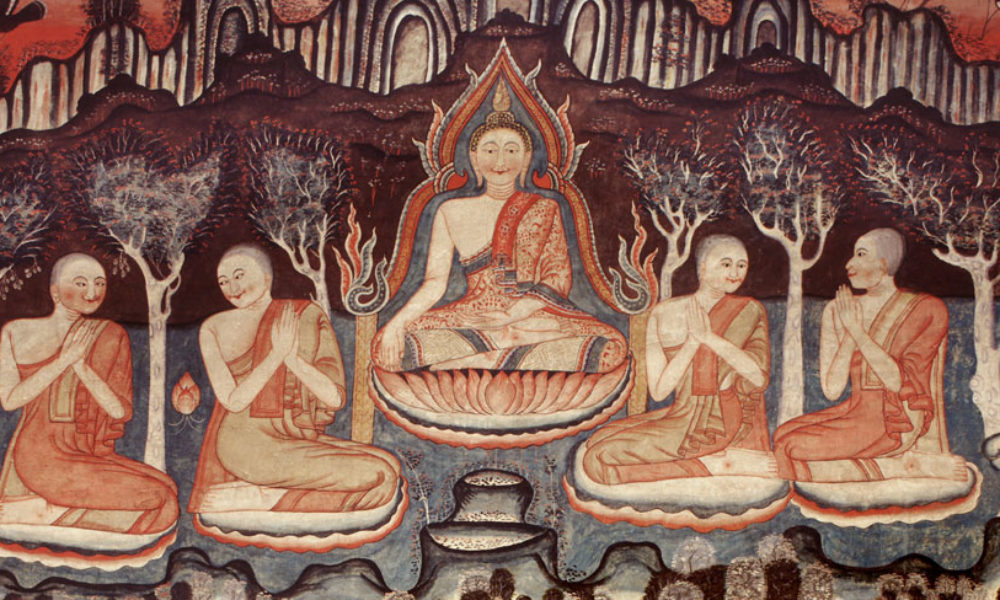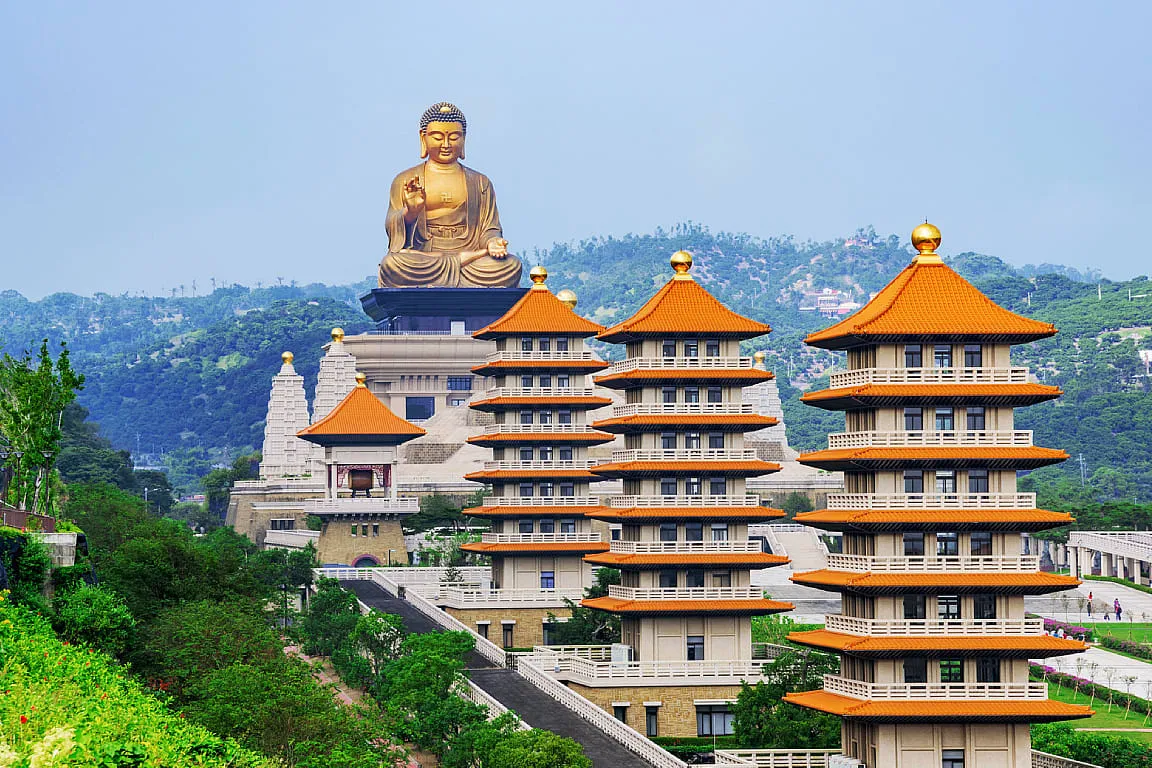Introduction to TM Technique
Transcendental Meditation (TM) offers a pathway to transcend distracting thoughts and enter a state of relaxed awareness. Whether viewed through religious or secular lenses, TM stands as a practice rooted in ancient traditions yet accessible to modern seekers of inner peace and self-improvement.
Exploring the Practice
When engaging in TM, individuals settle into a comfortable position, close their eyes, and silently repeat a mantra—a sacred word or sound from the Vedic tradition. This mantra serves as a focal point, guiding the practitioner’s concentration towards a state of transcendence beyond ordinary thinking.
Benefits of TM
Supporters of TM assert that through regular practice, individuals can transcend the chatter of the mind and attain a state of pure consciousness. Within this realm, they discover profound stillness, rest, stability, and a dissolution of mental boundaries.
Learning TM: The Seven-Step Course
Unlike some forms of meditation, TM necessitates guidance from a certified teacher. The journey begins with a 60-minute introductory lecture, providing an overview of TM’s principles and effects. Following this, participants engage in a second 45-minute lecture offering more specific insights.
Personal Instruction and Mantra Conferral
Interested individuals undergo a 10- to 15-minute interview and receive 1 to 2 hours of personal instruction from the teacher. This culminates in a brief ceremony where each practitioner is bestowed with a confidential mantra—a sacred tool for transcending the mind’s limitations.
Embracing Regular Practice
To reap the benefits of TM, practitioners commit to meditating twice daily for 15 to 20 minutes each session. This routine typically involves a morning session before breakfast and an afternoon session before dinner. The practice emphasizes ease and effortlessness, with individuals instructed to breathe normally and gently focus their attention on the mantra.
Supportive Guidance
In the initial months of practice, teachers maintain regular contact with practitioners to ensure correct technique and offer support along their journey of self-discovery.
Guided Transcendental Meditation Session
Now, let’s embark on a guided TM session together:
- Preparation:
- Find a quiet and comfortable space where you won’t be disturbed for the next 15 to 20 minutes.
- Sit in a relaxed position with your spine straight and gently close your eyes.
- Settle into Stillness:
- Take a few deep breaths to center yourself, inhaling slowly through your nose and exhaling through your mouth.
- Silent Repetition of Mantra:
- Silently repeat your chosen mantra in your mind. Allow the sound to resonate effortlessly, without force or effort.
- Embrace Tranquility:
- As thoughts arise, gently return your focus to the mantra, allowing them to pass by like clouds in the sky.
- Surrender to the Present Moment:
- Release any attachment to thoughts, emotions, or sensations, and simply be present with the mantra.
- Deepen into Awareness:
- Notice any subtle shifts in your consciousness as you continue to repeat the mantra. Allow yourself to sink deeper into a state of calm and clarity.
- Closing:
- After 15 to 20 minutes, gently release the repetition of the mantra and take a few moments to rest in stillness.
- When you’re ready, slowly open your eyes and take a moment to ground yourself before returning to your day.
Conclusion
Transcendental Meditation offers a pathway to inner peace, self-discovery, and expanded awareness. Through regular practice and guidance from a certified teacher, individuals can transcend the limitations of the mind and experience profound states of consciousness.
LEARN MORE ABOUT TM – here




